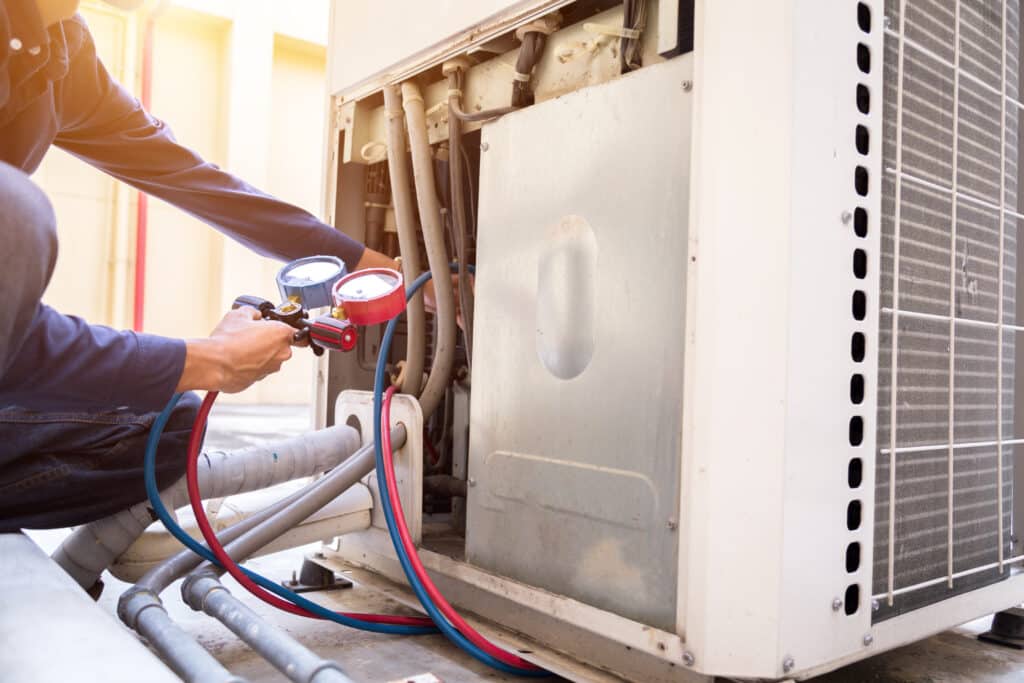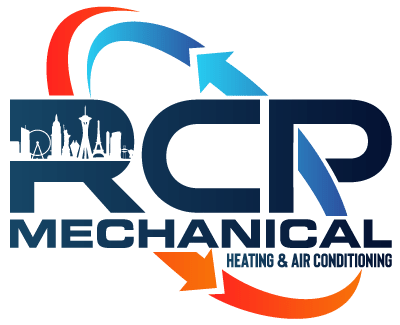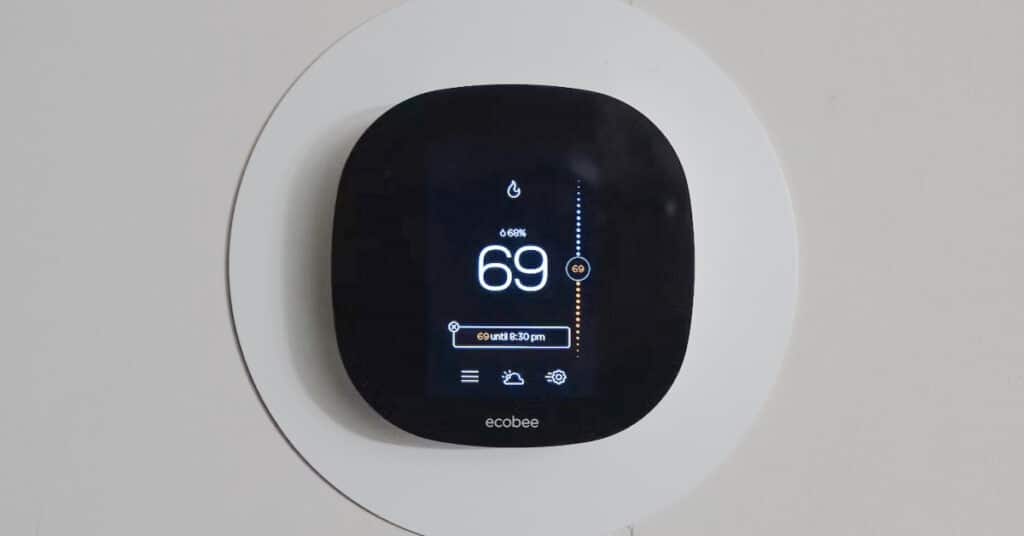The West Coast Heat Dome of 2023 has brought scorching temperatures and extreme heat to many regions. As we face this intense weather phenomenon, it’s crucial to protect ourselves and our HVAC systems from overwork and breakdowns. This long-running heatwave has formed a bubble around the south-west states, and local public health officials across the country are urging people to seek cool shelter and to check up on neighbors.
In this blog, we will explore effective tips and tricks to safeguard your HVAC system during the West Coast Heat Dome. By implementing these strategies and emphasizing the importance of regular maintenance, you can keep your HVAC system running smoothly and maintain a comfortable indoor environment even in the harshest conditions.
Using Thermostats and Airflow to Your Advantage
During the West Coast Heat Dome, setting the right temperature for your home is essential. Aim for a temperature that balances comfort and energy efficiency. It’s recommended to set your thermostat between 75°F and 78°F during the day. If you’re away from home, consider increasing the temperature a few degrees to reduce the workload on your HVAC system.
Utilizing programmable thermostats is an excellent way to ensure optimal temperature settings without constant manual adjustments. Program your thermostat to increase the temperature during the hours you are typically away or asleep. By doing so, you can reduce the strain on your HVAC system and conserve energy without sacrificing comfort.
Take advantage of the cool nights during the West Coast Heat Dome by utilizing your thermostat’s night setback feature. This feature allows you to automatically raise the temperature slightly while you sleep, making your HVAC system work less and saving on energy consumption.
Proper air circulation is crucial for maintaining a comfortable indoor environment during the West Coast Heat Dome. Ensure that your HVAC system’s air vents and registers are unobstructed by furniture, curtains, or other items. Clearing these obstructions allows for better airflow and helps your system operate efficiently. Consider using ceiling fans or portable fans to enhance air circulation and create a cooling breeze in your home. Fans can help distribute cool air more effectively and reduce the load on your HVAC system. Remember to set your ceiling fans to rotate counterclockwise during the summer for optimal cooling effect.
Ventilation is key in combating heat buildup. Open windows and doors during cooler times, such as mornings and evenings, to let fresh air in. Use window coverings, such as blinds or curtains, to block out direct sunlight and prevent heat from entering your home. Proper ventilation reduces the strain on your HVAC system and helps maintain a comfortable indoor temperature.
Inspections, Maintenance, and Conservation
Regular maintenance plays a vital role in keeping your HVAC system in peak condition, especially during extreme weather events like the West Coast Heat Dome. Schedule professional servicing and inspections to ensure that all components are clean, properly lubricated, and functioning optimally. Regular maintenance helps prevent breakdowns, identifies potential issues, and keeps your system running smoothly.
During the heat dome, the demand on your HVAC system increases significantly. Regular maintenance allows technicians to identify and address any potential strain or wear on crucial components, ensuring that your system can handle the additional workload. By addressing minor issues promptly, you can avoid major breakdowns and costly repairs.
Don’t underestimate the power of preventive maintenance. By regularly changing air filters, cleaning coils, and ensuring proper refrigerant levels, you enhance the efficiency and performance of your HVAC system. Regular maintenance not only protects your system but also extends its lifespan and improves energy efficiency, resulting in long-term cost savings.
To alleviate the strain on your HVAC system during the West Coast Heat Dome, take additional steps to conserve energy. Minimize heat-generating activities during the hottest parts of the day, such as running appliances or using the oven. Opt for energy-efficient lighting and consider using natural light instead of artificial sources to reduce heat buildup.
If your HVAC system is struggling to keep up with the extreme heat, consider investing in energy-efficient upgrades. Upgrading to a high-efficiency HVAC system or installing a smart thermostat can improve energy consumption and cooling capabilities. Consult with HVAC professionals to explore the best options for your specific needs and budget.
In case of any HVAC system issues or concerns during the West Coast Heat Dome, seek assistance from qualified HVAC professionals. They have the expertise to diagnose and address problems promptly, ensuring your system remains operational and efficient. Professional help can provide peace of mind and safeguard your HVAC system’s health during challenging times.

Technician is checking air conditioner ,measuring equipment for filling air conditioners.
Protecting Your HVAC System From The West Coast Heat Dome
This west coast Heat Dome presents unique challenges, but by following these tips and emphasizing regular maintenance, you can protect your HVAC system and maintain a comfortable indoor environment. Optimize your thermostat settings, enhance air circulation, and prioritize regular servicing to ensure your system’s reliability and efficiency.
RCP understands the importance of HVAC system maintenance and its role in battling extreme weather conditions. Contact us today to learn more about our professional maintenance services and how we can help keep your HVAC system running smoothly during the West Coast Heat Dome. Don’t let the West Coast Heat Dome compromise your comfort or strain your HVAC system. By implementing these tips and relying on professional expertise, you can face the challenges with confidence, knowing that you have taken the necessary steps to protect yourself and your HVAC system.


